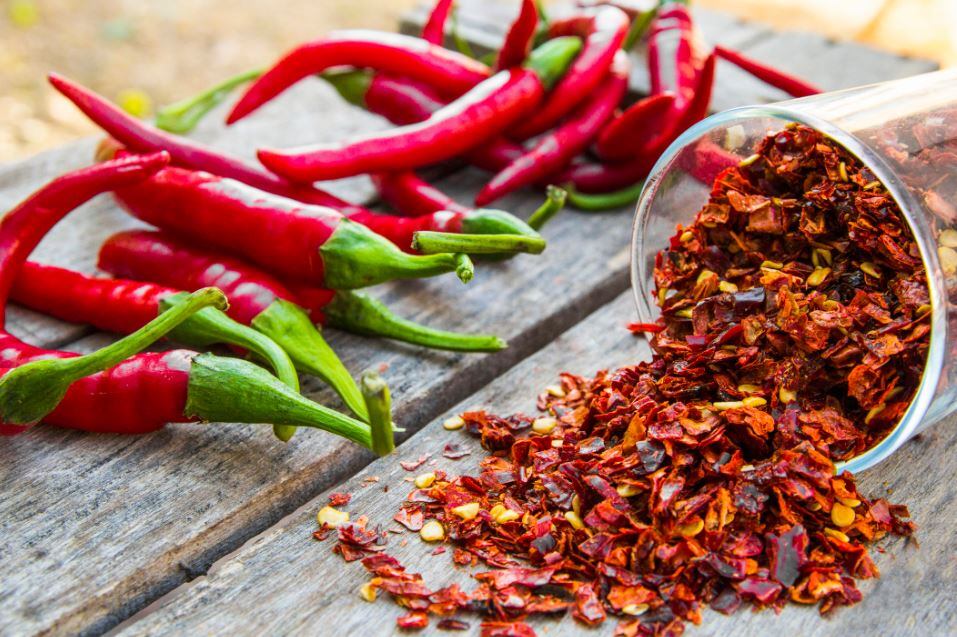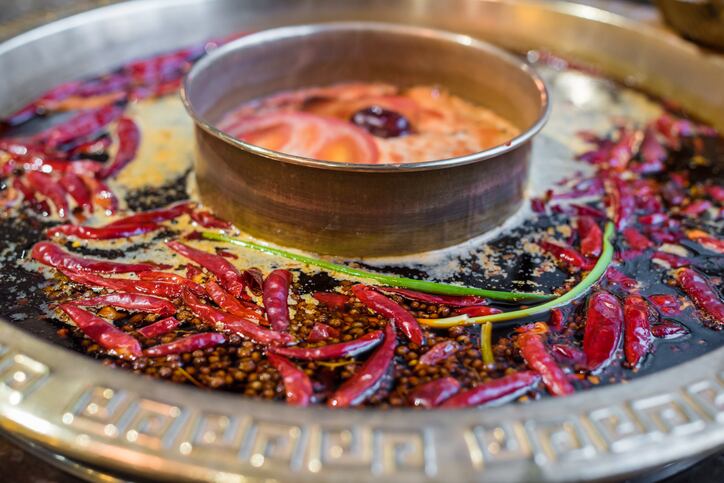The prevalence of CKD was 13.1% in non-chilli consumers and 7.4% among those with chilli intake above 50 g/day.
Current studies on animal models have shown the active component of chilli, capsaicin, has beneficial effects on kidney function and preventing kidney damage, however, this assertion has not been investigated in humans and no population studies have assessed the association between chili consumption and CKD.
Hence, researchers sought to assess the association between chilli intake and CKD among Chinese adults who participated in the Chinese Health and Nutrition Survey (CHNS). They believed they are the first population-based study to investigate this association.
The findings were published in the journal, Nutrients.
Study design
In China, residents in certain regions such as Sichuan and Hunan have a higher consumption of chilli. In these regions, chilli is not only used as a spice but also as a vegetable.
The large variation of chilli consumption in China allows for the use of an epidemiological approach to the study of the effects of chilli consumption on health outcomes.
A total of 8429 subjects were recruited (3982 men, 4447 women) from the CHNS.
Chilli intake was assessed using a three day, 24-h food record combined with household food inventory between 1991 and 2009.
Chilli included both fresh and dried chili peppers but did not include sweet capsicum or black pepper.
Subjects were classified into four groups: non-consumers, 1–20 g/day, 20.1–50 g/day, and ≥50.1 g/day.
CKD was defined as an estimated glomerular filtration rate (eGFR) of <60 mL/min/1.73 m2, using a blood test (serum creatinine).
Hot findings
The study reported that the prevalence of CKD across chilli consumption levels of none, 1–20 g/day, 20.1–50 g/day, and ≥50.1 g/day were 13.1%, 11.7%, 11.9%, and 7.4%, respectively.
The odds ratio (OR) (95% CI) for CKD across chilli consumption levels of none, 1–20 g/day, 20.1–50 g/day, ≥50.1 g/day were 1.00 (reference), 0.82 (0.67–1.01), 0.83 (0.65–1.05), and 0.51 (0.35–0.75), respectively (p=0.001).
This meant that chilli intake was inversely associated with chronic kidney disease.
The association was independent of lifestyle factors, dietary patterns, BMI, and hypertension, suggesting a potential direct positive role of chilli consumption on kidney function in a dose-response manner.
Study strengths and limitations
CKD is a common chronic condition affecting 13.4% of the general population globally and 9.5% in China.
Although the mechanisms linking chilli intake and kidney function have yet to be fully elucidated, evidence from animal studies have reported that capsaicin treatment could ameliorate renal injury through induction of heme oxygenase-1 (HO-1) as well as reduce inflammation and oxidative stress in animal models of cisplatin-induced renal toxicity.
The researchers commented on the study’s strengths: “We have a relatively large sample size across nine provinces in China as well as multiple measures of chilli intake. The food cultures in these provinces are different and provide a wide variation of chilli consumption. It provides a unique opportunity to examine the association between chilli intake and CKD.”
However, a limitation of the study is its cross-sectional analysis. “Kidney function was only measured in 2009. Causation cannot be established. It is well recognised by the public that based on the traditional chinese medicine (TCM), people with certain chronic diseases should limit their chilli consumption. Thus, a potential converse association is possible.”
But they acknowledged that after adjusting for age, other sociodemographic factors, hypertension and obesity, the inverse association between chilli intake and CKD remained.
They recommended future randomised control trials were needed to confirm the relationship between chilli intake and kidney function.
“Given that chilli is a highly common spice used around the world, more research is warranted to further replicate findings and understand causal mechanisms of the relationship between chilli intake and CKD before clinical recommendations and implications can be implemented,” researchers concluded.
Source: Nutrients
https://doi.org/10.3390/nu11122949
“Chili Intake Is Inversely Associated with Chronic Kidney Disease among Adults: A Population-Based Study”
Authors: Zumin Shi, et al.



